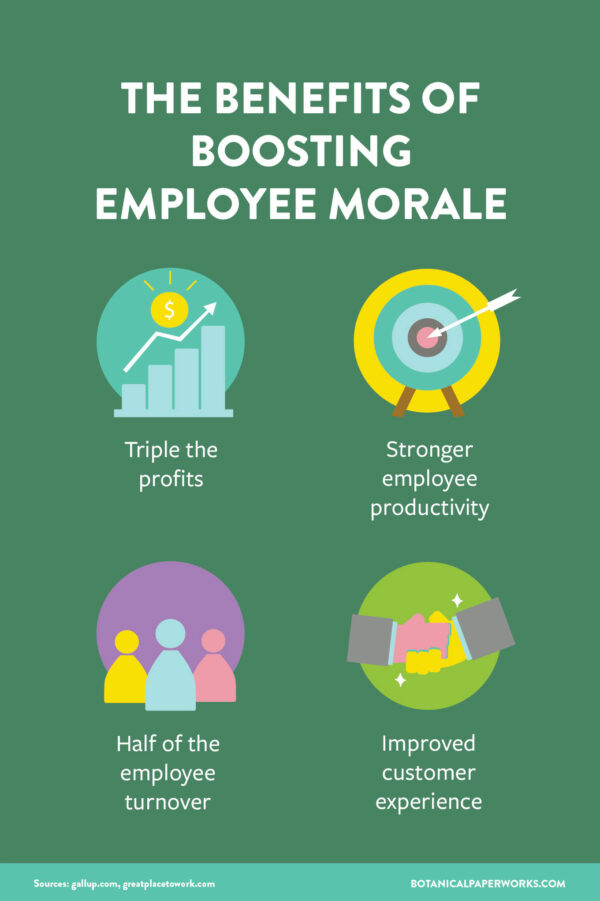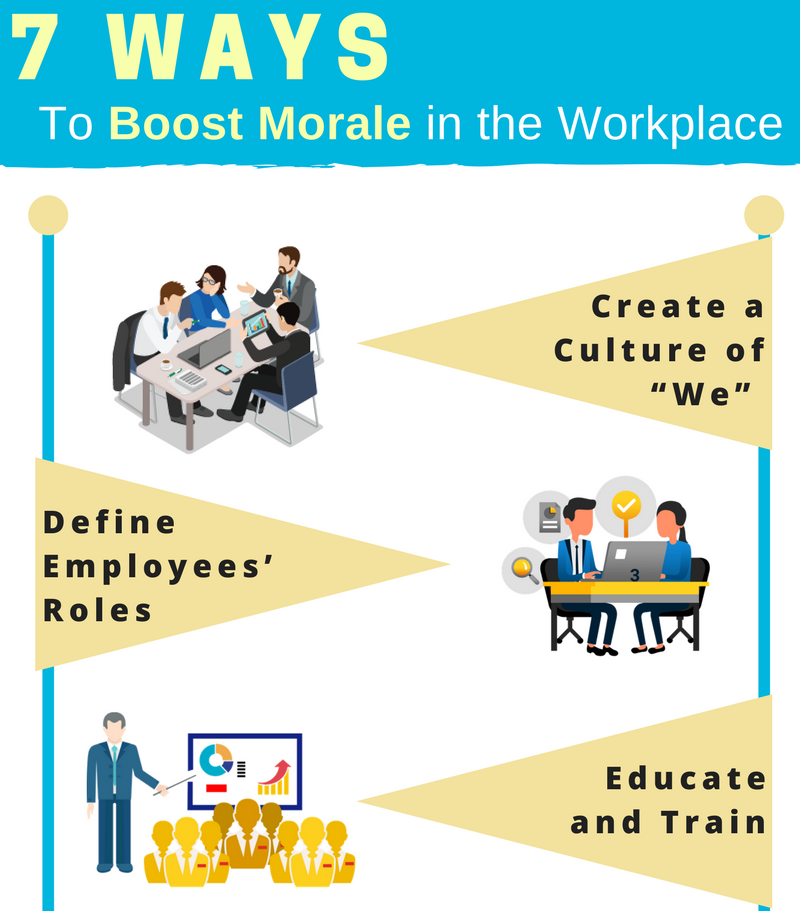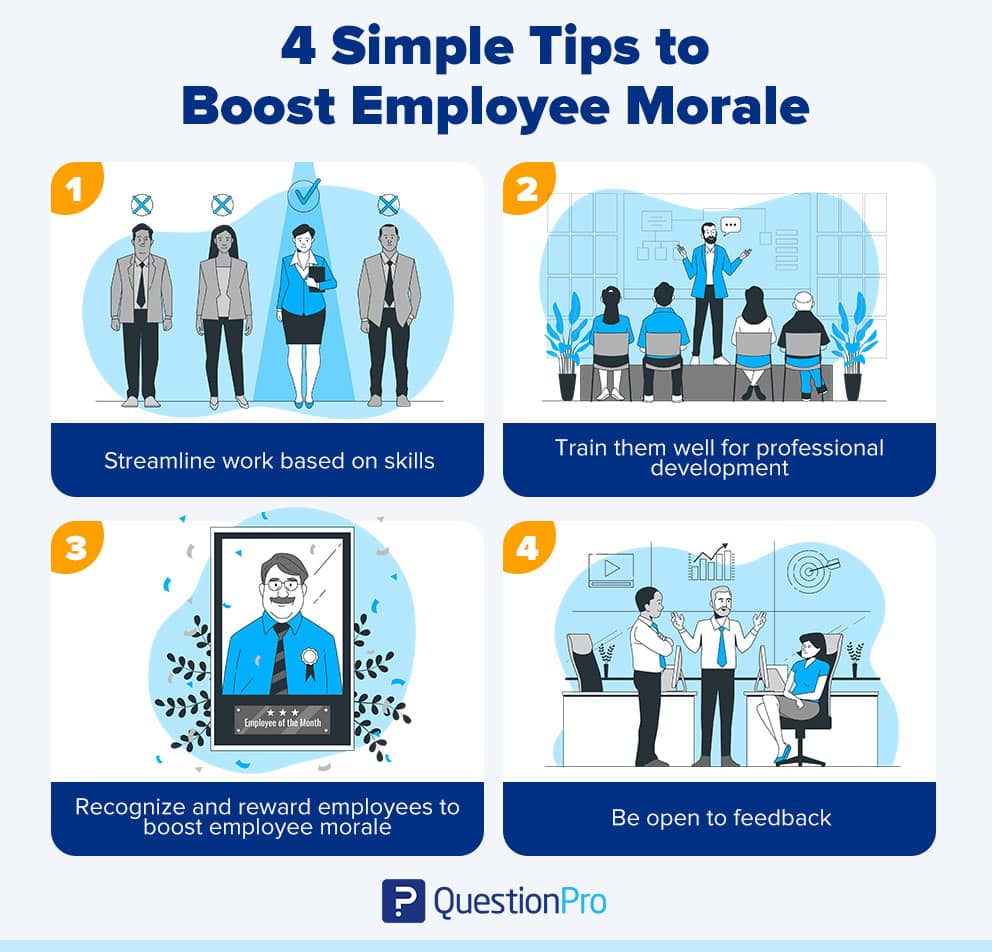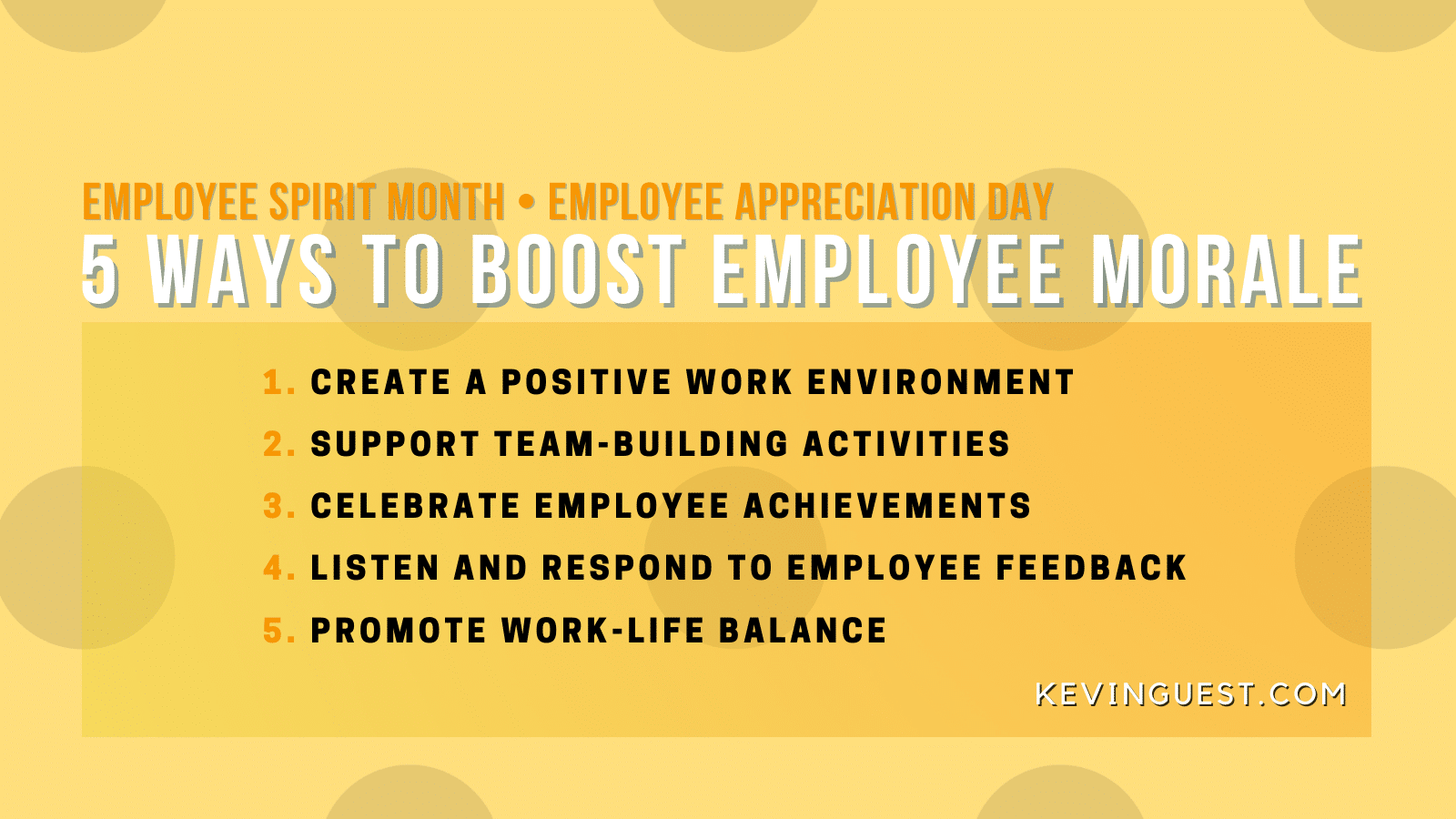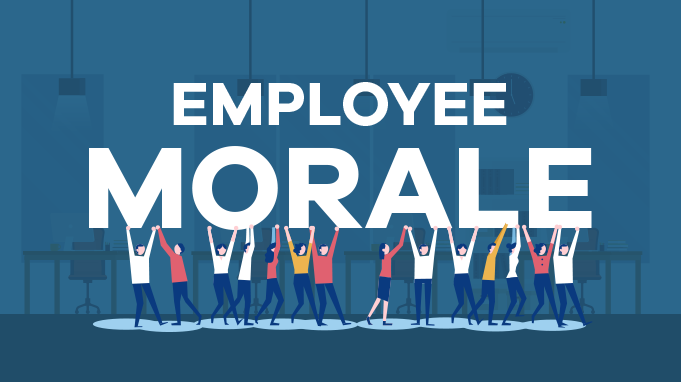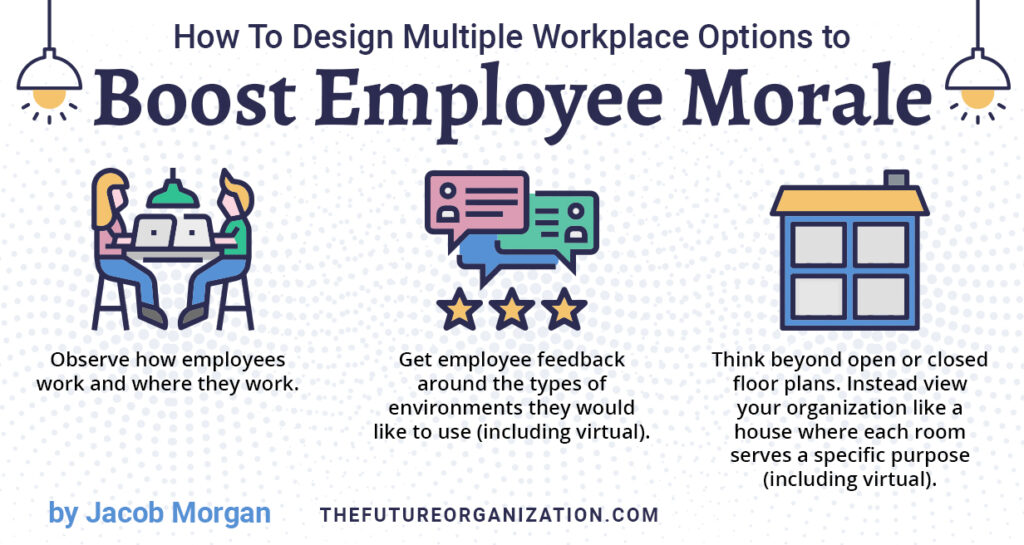How To Boost Morale In The Workplace
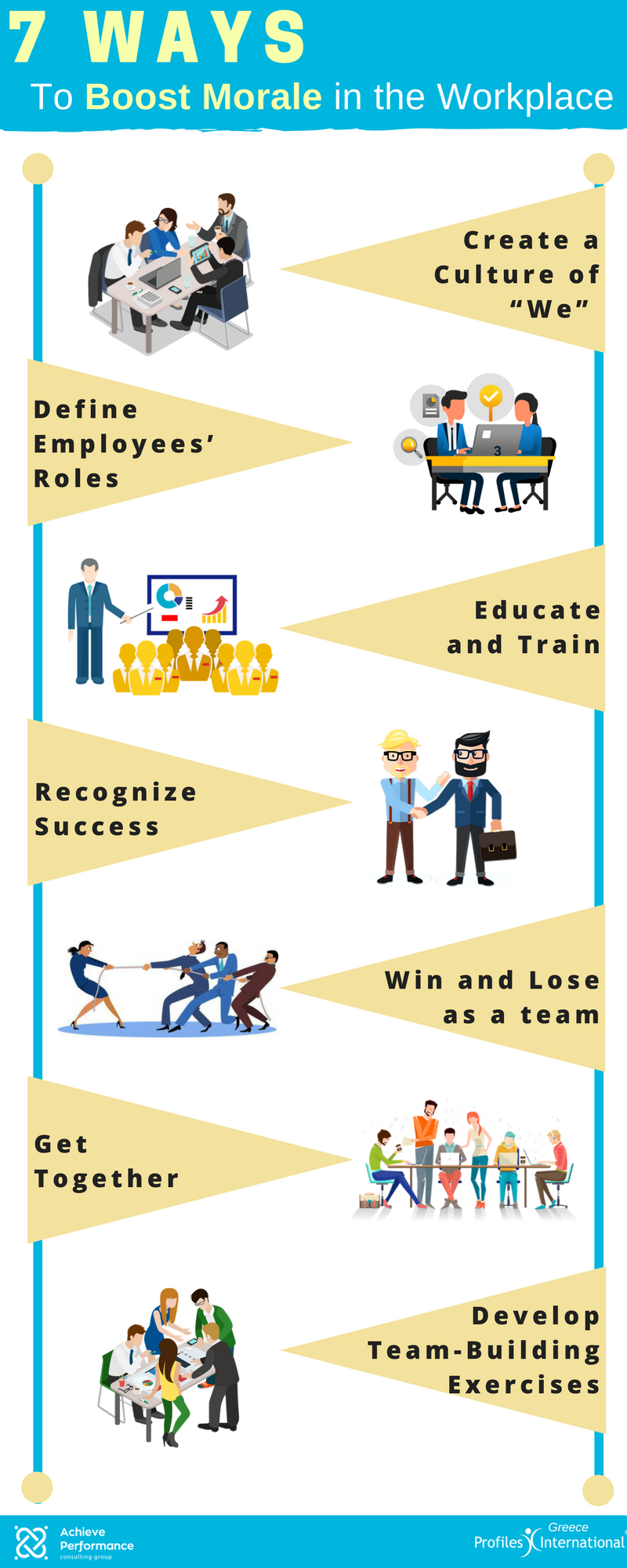
In today's relentlessly competitive business landscape, a silent epidemic is sweeping through organizations: dwindling employee morale. Its symptoms are subtle, often masked by deadlines and performance metrics, yet its consequences are far-reaching, impacting productivity, retention, and the very spirit of innovation. Companies that fail to address this decline risk not only stagnation but outright failure.
This article delves into actionable strategies for boosting workplace morale, drawing on expert insights and data-driven approaches. We will explore specific initiatives, from fostering open communication and recognizing achievements to promoting work-life balance and investing in professional development. Understanding and implementing these strategies is not merely a feel-good exercise but a critical investment in organizational success.
Understanding the Roots of Low Morale
Low morale rarely stems from a single source. It is typically a complex interplay of factors, often rooted in a perceived lack of appreciation, inadequate communication, and limited opportunities for growth. The Society for Human Resource Management (SHRM) consistently reports that feeling valued and respected are key drivers of employee satisfaction.
Stress and burnout also play a significant role. A recent study by the American Psychological Association (APA) found that over half of U.S. workers experience significant stress related to their jobs, leading to decreased engagement and increased absenteeism. Ignoring these underlying issues can create a toxic work environment where morale plummets.
Strategies for a Morale Makeover
Open Communication and Transparency
Creating a culture of open communication is paramount. Employees need to feel comfortable voicing concerns, sharing ideas, and receiving honest feedback. Regular town hall meetings, anonymous feedback surveys, and open-door policies can facilitate this exchange.
Transparency regarding company performance, strategic decisions, and future plans is also crucial. When employees understand the bigger picture, they are more likely to feel invested and engaged. A study by Gallup found that employees who feel informed are nearly three times more likely to be engaged.
Recognition and Appreciation
Recognizing and appreciating employees' contributions is essential for boosting morale. This doesn't always require monetary rewards; sometimes, a simple "thank you" or public acknowledgement can go a long way. Implementing employee of the month programs, peer-to-peer recognition platforms, and celebrating milestones can reinforce positive behavior and boost morale.
Tailoring recognition to individual preferences is also important. Some employees may prefer public praise, while others may appreciate a private note from their manager. Understanding individual preferences can make recognition more meaningful.
Investing in Professional Development
Providing opportunities for professional development demonstrates that the company values its employees' growth. This can include offering training programs, sponsoring conferences, or providing tuition reimbursement for relevant coursework. LinkedIn's 2023 Workplace Learning Report highlights that employees who feel they have opportunities to learn and grow are more likely to stay with their company.
Mentorship programs are another valuable tool. Pairing employees with experienced mentors can provide guidance, support, and opportunities for skill development. This not only benefits the mentee but also provides the mentor with a sense of purpose and fulfillment.
Promoting Work-Life Balance
In today's always-on culture, promoting work-life balance is more important than ever. Encouraging employees to take breaks, offering flexible work arrangements, and discouraging after-hours emails can help prevent burnout and improve morale. Some companies are even experimenting with four-day workweeks with positive results.
Leading by example is crucial. Managers should demonstrate healthy work-life balance themselves, setting a positive example for their teams. This might involve taking vacation time, setting boundaries around work hours, and prioritizing personal well-being.
Creating a Positive Work Environment
The physical work environment also plays a significant role in employee morale. A clean, comfortable, and aesthetically pleasing workspace can boost productivity and reduce stress. Consider incorporating plants, natural light, and comfortable furniture. Fostering a sense of community through team-building activities, social events, and shared spaces can also contribute to a more positive work environment.
Initiatives promoting diversity, equity, and inclusion (DEI) are also important for creating a welcoming and inclusive workplace. When employees feel valued and respected for their unique perspectives, they are more likely to be engaged and productive.
The Bottom Line: Morale as a Strategic Imperative
Boosting morale is not a one-time fix but an ongoing process that requires commitment and investment. By fostering open communication, recognizing achievements, investing in professional development, promoting work-life balance, and creating a positive work environment, organizations can cultivate a culture of engagement, productivity, and innovation.
Ignoring employee morale is no longer an option. In today's competitive talent market, companies must prioritize employee well-being to attract and retain top talent. The future belongs to organizations that recognize that their employees are their most valuable asset.

